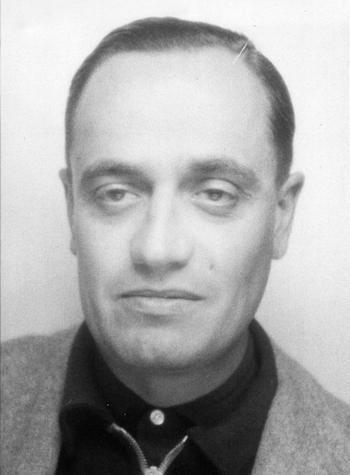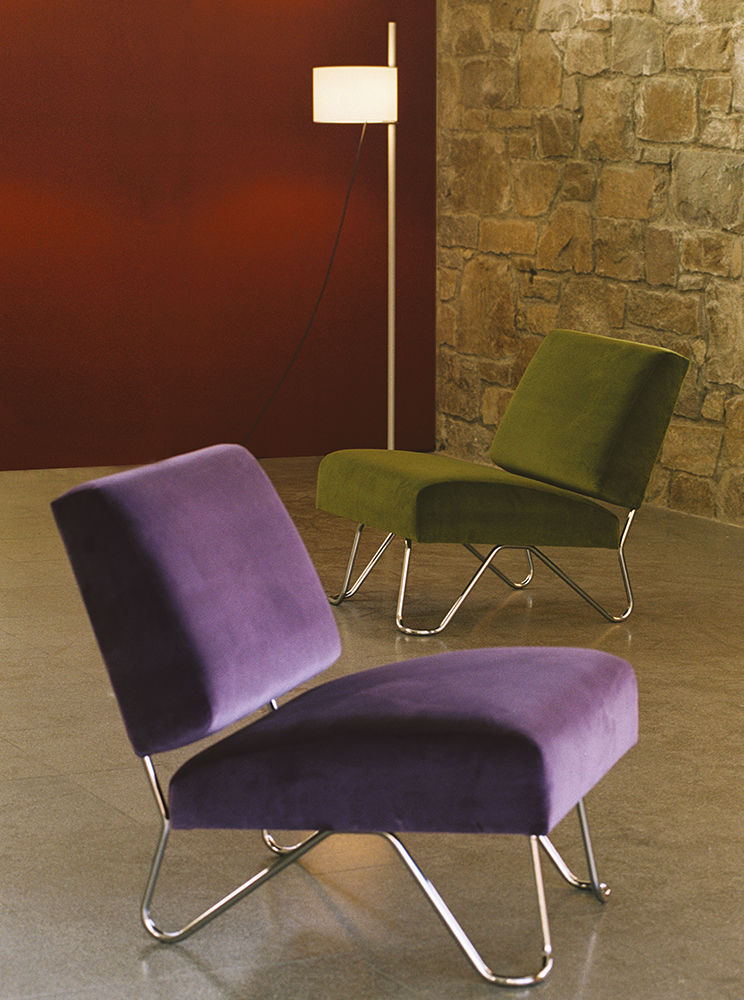Germán Rodríguez Arias
Barcelona, 1902 - 1987
Born in 1902 in Barcelona, Germán Rodríguez Arias graduated in Architecture in 1926. He was one of the proponents of the Spanish rationalist movement, along with Josep Torres Clavé, among others. This movement embodies the efficiency, functionality and beauty behind architecture. He was a member of the various boards of the rationalist group, such as Grupo de Arquitectos y Técnicos Catalanes para el Progreso de la Arquitectura Contemporánea (Group of Catalan Architects and Technicians for the Progress of Contemporary Architecture —GATCPAC), signing projects commissioned to the...
Born in 1902 in Barcelona, Germán Rodríguez Arias graduated in Architecture in 1926. He was one of the proponents of the Spanish rationalist movement, along with Josep Torres Clavé, among others. This movement embodies the efficiency, functionality and beauty behind architecture. He was a member of the various boards of the rationalist group, such as Grupo de Arquitectos y Técnicos Catalanes para el Progreso de la Arquitectura Contemporánea (Group of Catalan Architects and Technicians for the Progress of Contemporary Architecture —GATCPAC), signing projects commissioned to the group. In 1931, he designed the residential building at number 61 Via Augusta in Barcelona and, in 1934, the Astoria building in the city s Calle de Paris. Both projects highlight the foundations of the Spanish rationalist movement, as well as featuring obvious references to Bauhaus.
At the outbreak of the Spanish Civil War, Germán Rodríguez Arias was a member of the architects union of Catalonia, but he had to give up his profession when he was appointed as an army officer in 1938, with the mission of destroying bridges to stop the advance of Franco s troops. After the war, he was sent to a French concentration camp. He was lucky enough to board a ship bound for Chile, arriving on the Latin American continent on 25 December 1939 with symbolic belongings that included a teapot and a couple of photos of Ibiza.
In Santiago de Chile, Germán Rodríguez Arias introduced himself to the Catalan and Spanish community and soon showcased the technical skills he had learned in Barcelona. He collaborated with several Chilean architects on various projects. Once settled and more familiar with the local scene, he teamed up with Fernando Echavarría, another exiled architect from Madrid. Together, their Spanish styles of interior design and furnishings drummed up considerable demand for projects.
Germán Rodríguez Arias was in charge of the interior design of Café Miraflores, a favourite haunt for Spanish intellectuals in the Chilean capital. He furnished the premises in a Mediterranean style reminiscent of Ibiza, and, building on its success, he founded Muebles Sur to meet the demand that suddenly emerged. Pablo Neruda, a frequent customer of Café Miraflores, commissioned Germán Rodríguez Arias to renovate his house in Isla Negra. This refurbishment made a name for him, paving the way for stand-out projects such as the Central Chillán Cinema (1945), the Benguerel Laboratories in Santiago (1950) or the Farellones mountain refuges (1954), as well as several private homes. Rodríguez Arias worked in both architectural design and furniture design.
In 1957 he returned to Ibiza, settling in Portinatx, where he designed hotels and several fasmily homes. He spent the final years of his life on the Balearic island until his death in 1987. Daring and honest, Germán Rodríguez Arias shows us a career of adaptation, leaving his stamp on the Spanish-speaking design world.

